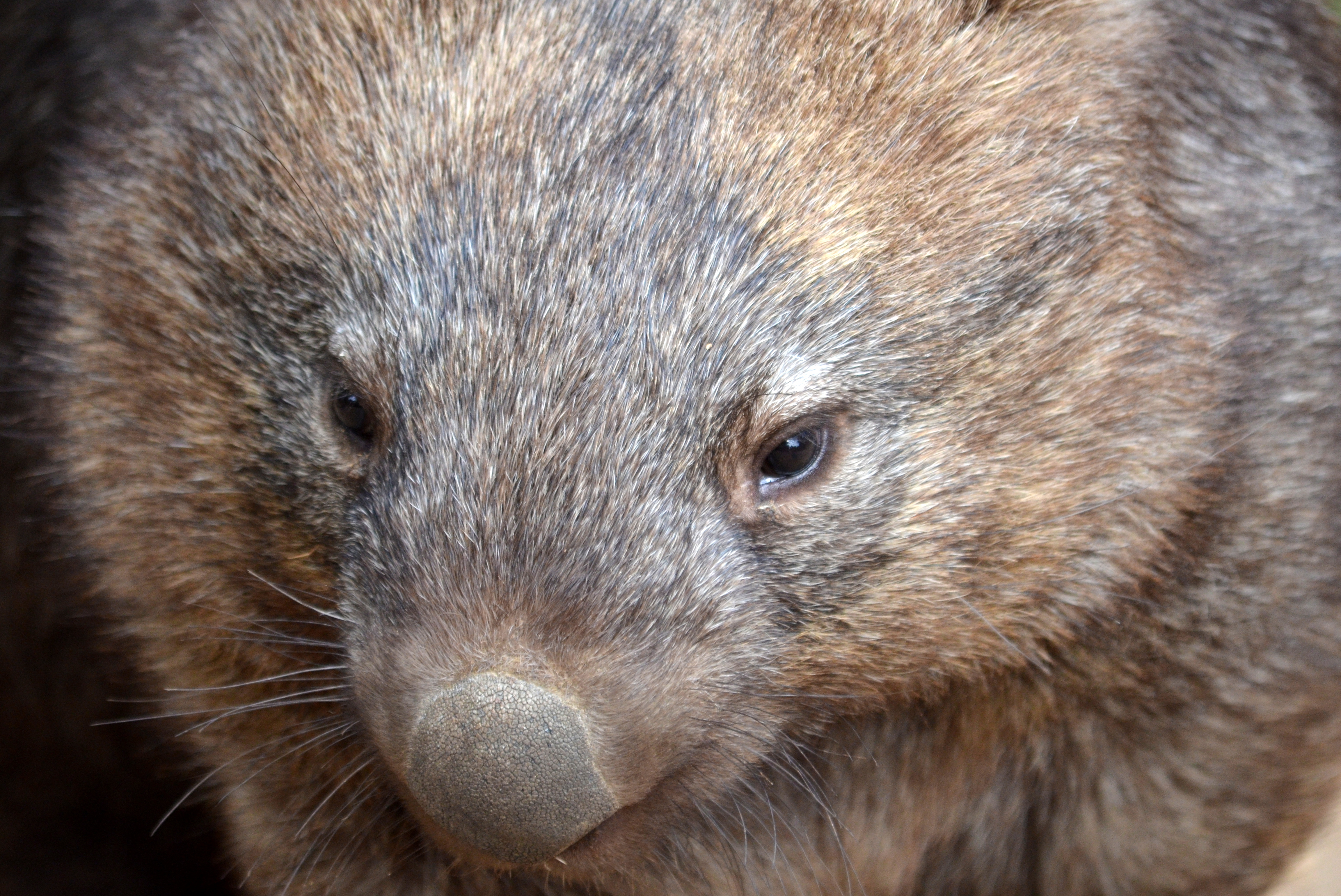Long-term wildlife disease control and eradication is a major challenge for wildlife conservationists worldwide and has rarely proved successful. It is especially difficult when disease is caused by pathogens able to be transmitted through the environment, such as the sarcoptes scabiei mite that causes sarcoptic mange in bare-nosed wombats (Vombatus […]
Abstracts: Carriage and population genetics of extended spectrum β-lactamase-producing Escherichia coli in cats and dogs in New Zealand
The incidence of infections with extended spectrum β-lactamase producing Escherichia coli (ESBL-E) is increasing both in humans and animals. There is a paucity of data about the rate of faecal carriage of ESBL-E in pets. In this study, faecal swabs collected from 586 pets (225 cats; 361 dogs) in Auckland, […]
Food production and the environment: how much responsibility do we bear?
On August 8, the Intergovernmental Panel on Climate Change (IPCC) released a report called “Climate Change and Land”. The report, written by 100 authors from developed and developing countries, made news headlines. It addressed the extent of the contribution to greenhouse gas emissions of forest destruction, agricultural food production, and […]
Division delays brumby relocation
The relocation of feral brumbies in the Kosciuszko National Park has been delayed due to alleged divisions within the NSW state government. One year on from the shock passing of a law to protect the introduced species in the national park, Gladys Berejiklian’s government has passed up the opportunity to […]
Abstracts: Applying an environmental public health lens to the industrialisation of food animal production in ten low- and middle-income countries
BACKGROUND: Industrial food animal production (IFAP) is characterised by dense animal housing, high throughput, specialisation, vertical integration, and corporate consolidation. Research in high-income countries has documented impacts on public health, the environment, and animal welfare. IFAP is proliferating in some low- and middle-income countries (LMICs), where increased consumption of animal-source […]




